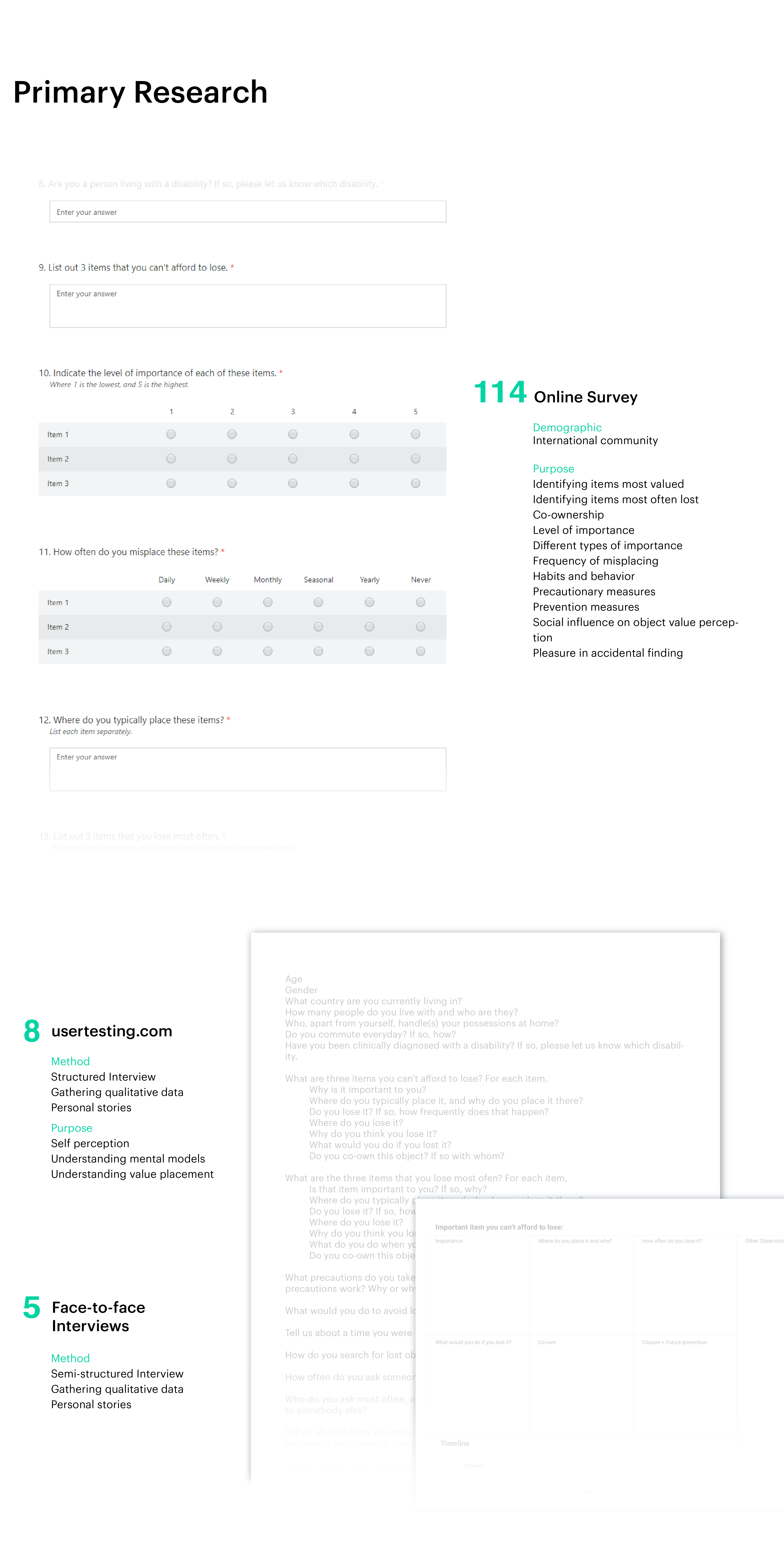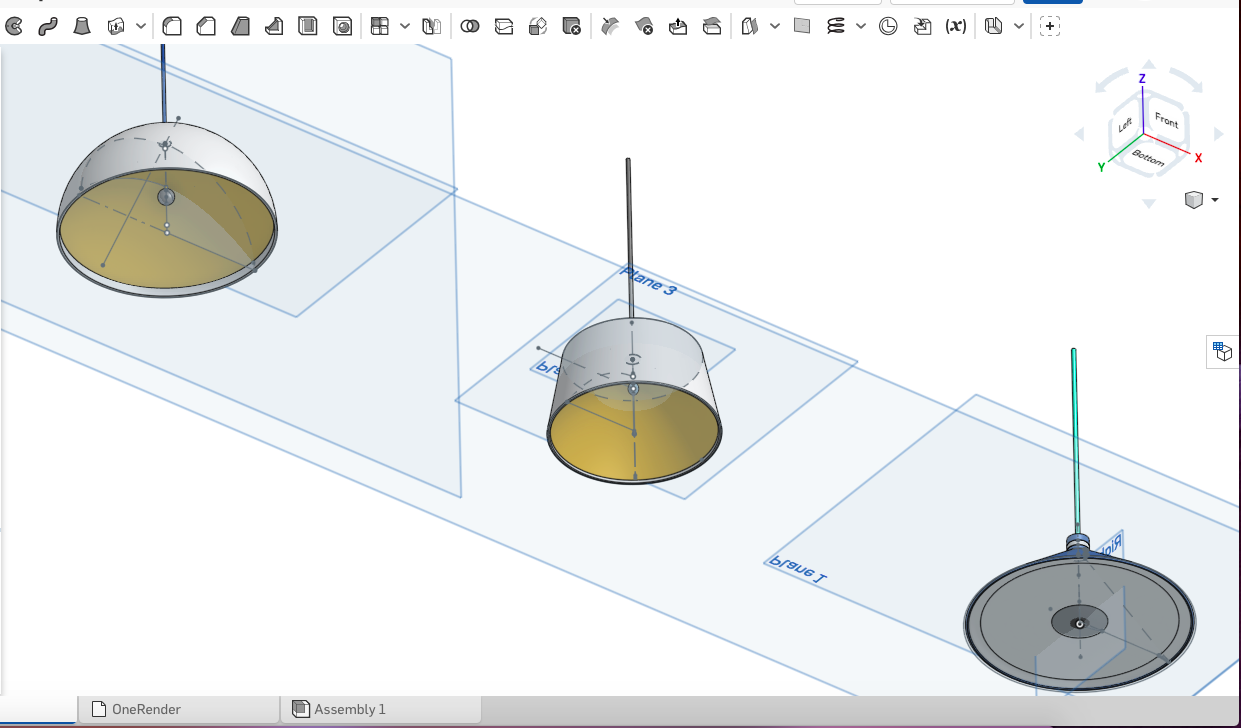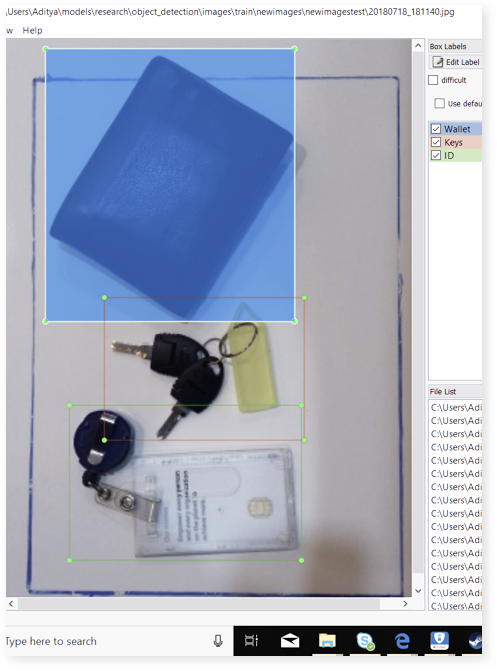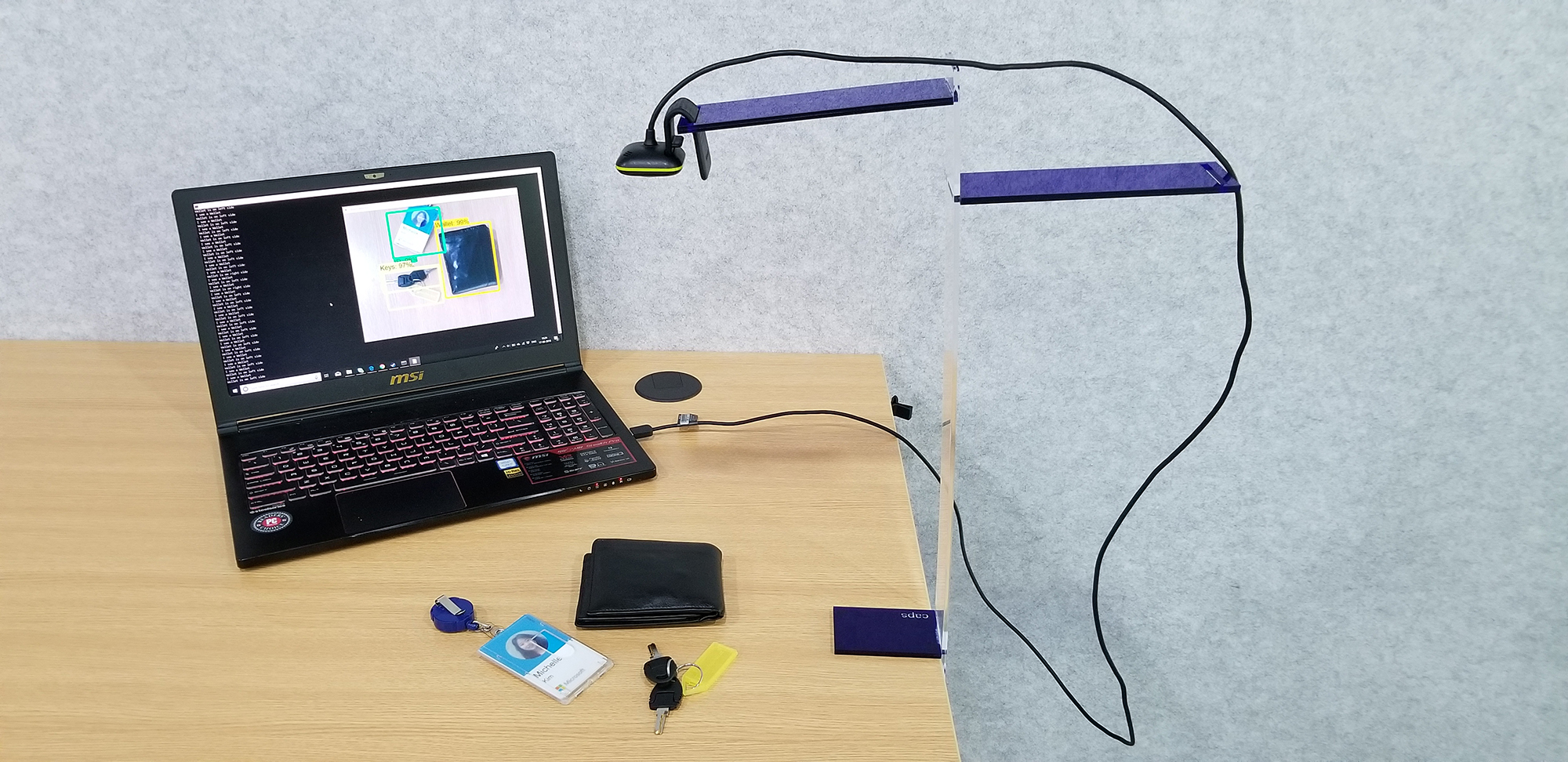Design for Intelligence
Designing human-centered artifical intelligence in the future of home through a complete design process during an internship at Microsoft IDC.
Details
Microsoft
2018
My Role
UX Designer
Team
Michelle Kim
Aditya Bhatt
Tools
Design Research
Design Concept
UX Design
Product Design
Prototyping AI

Problem
How can AI help absent-minded individuals be more mindful while placing frequently used objects?
The design challenge we had focused on highlighting the potential in artiticial intelligence assisting people manage their personal belongings.
Timeline
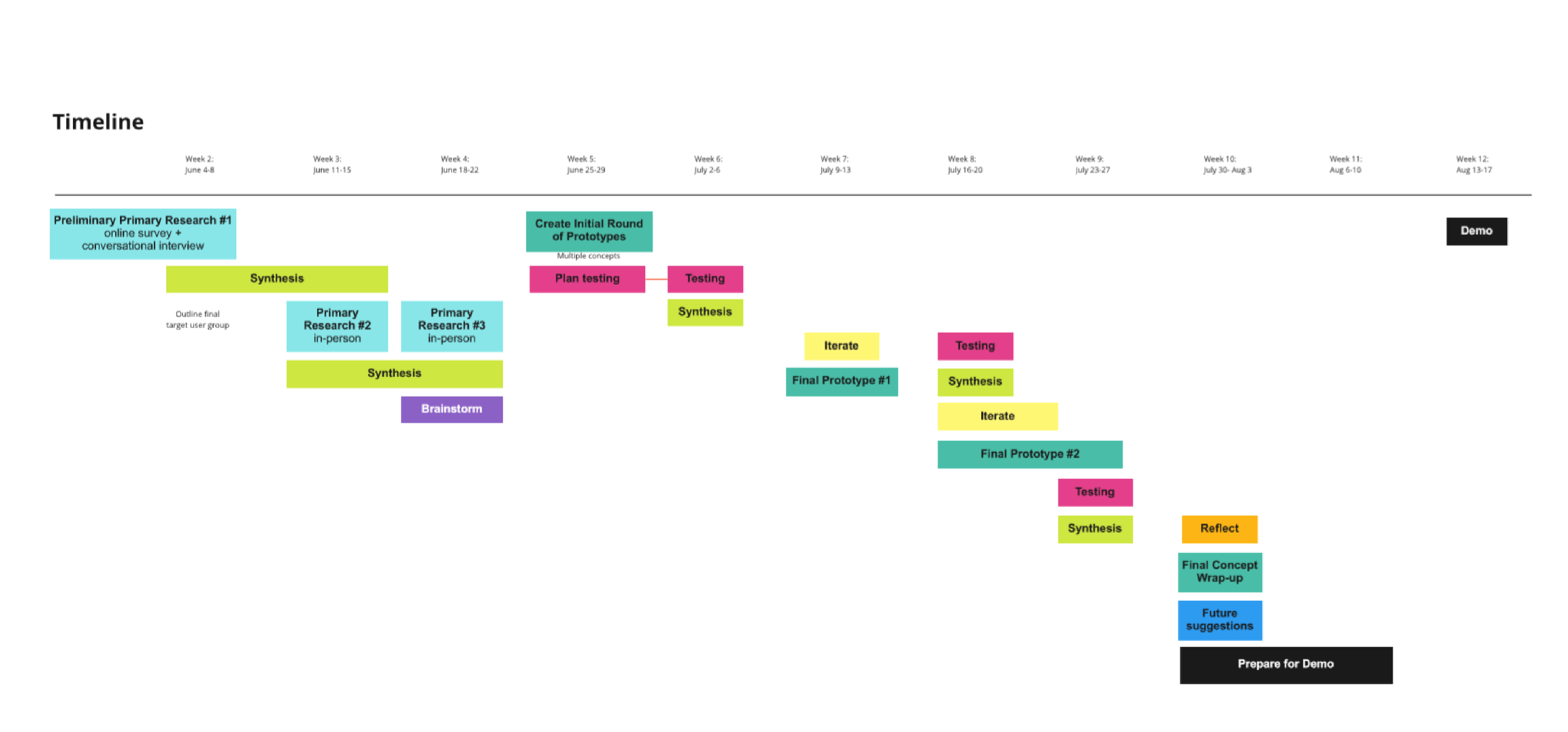
Research
We conducted primary and secondary research over the course of three weeks. The stories we collected became a strong foundation for our insights listed below.
Insights

Conceptual Model
Misplacement Framework
The insights above helped us gain a broader understanding of the misplacement experience, including the range of emotions and mental models that encompass the journey.
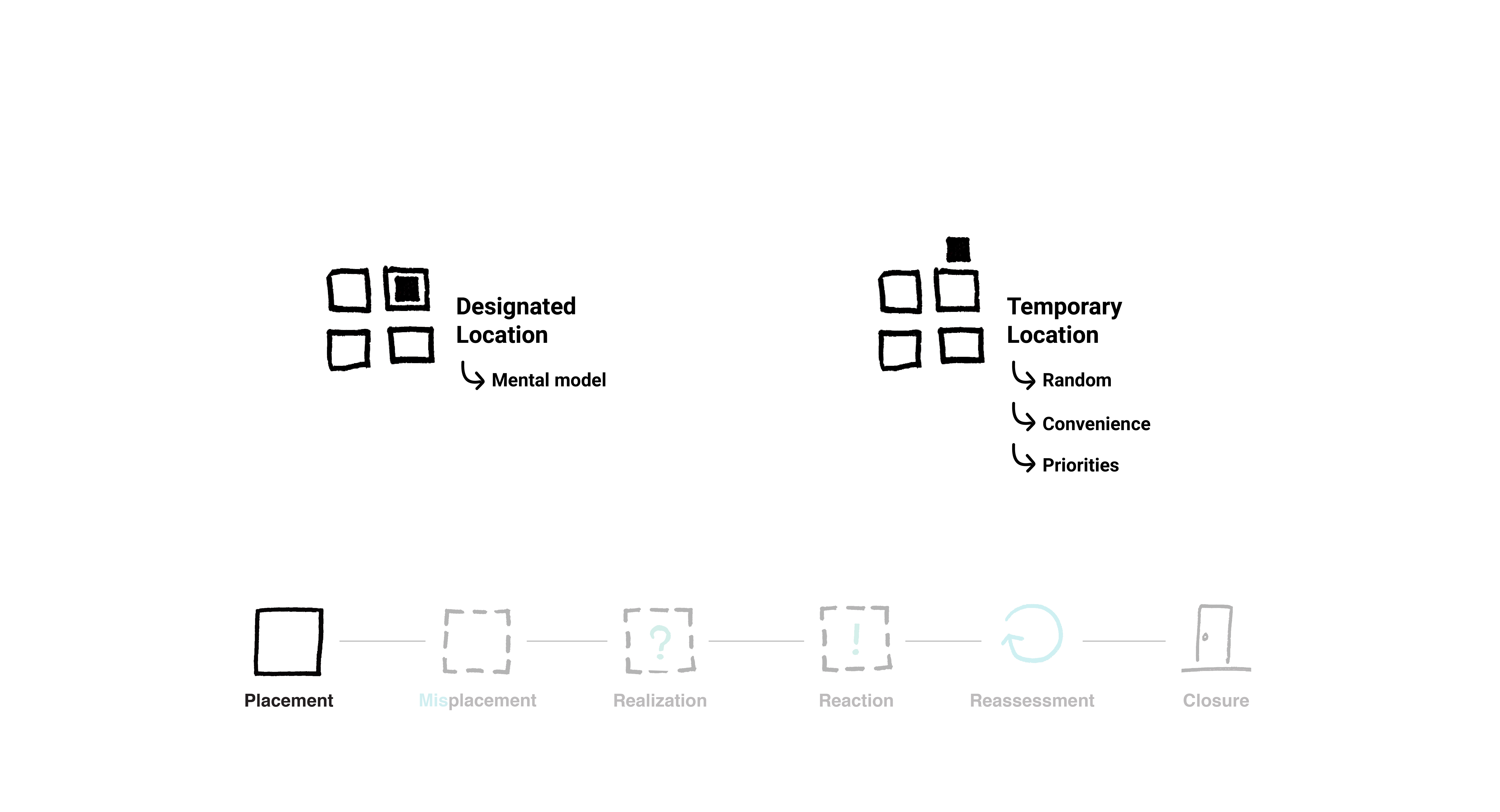
Placement
At the moment, people place objects in designated or temporary locations. This depends on whether or not a mental model of where the object is "supposed to be kept" exists, and what the user might be occupied with at the moment.
1/6
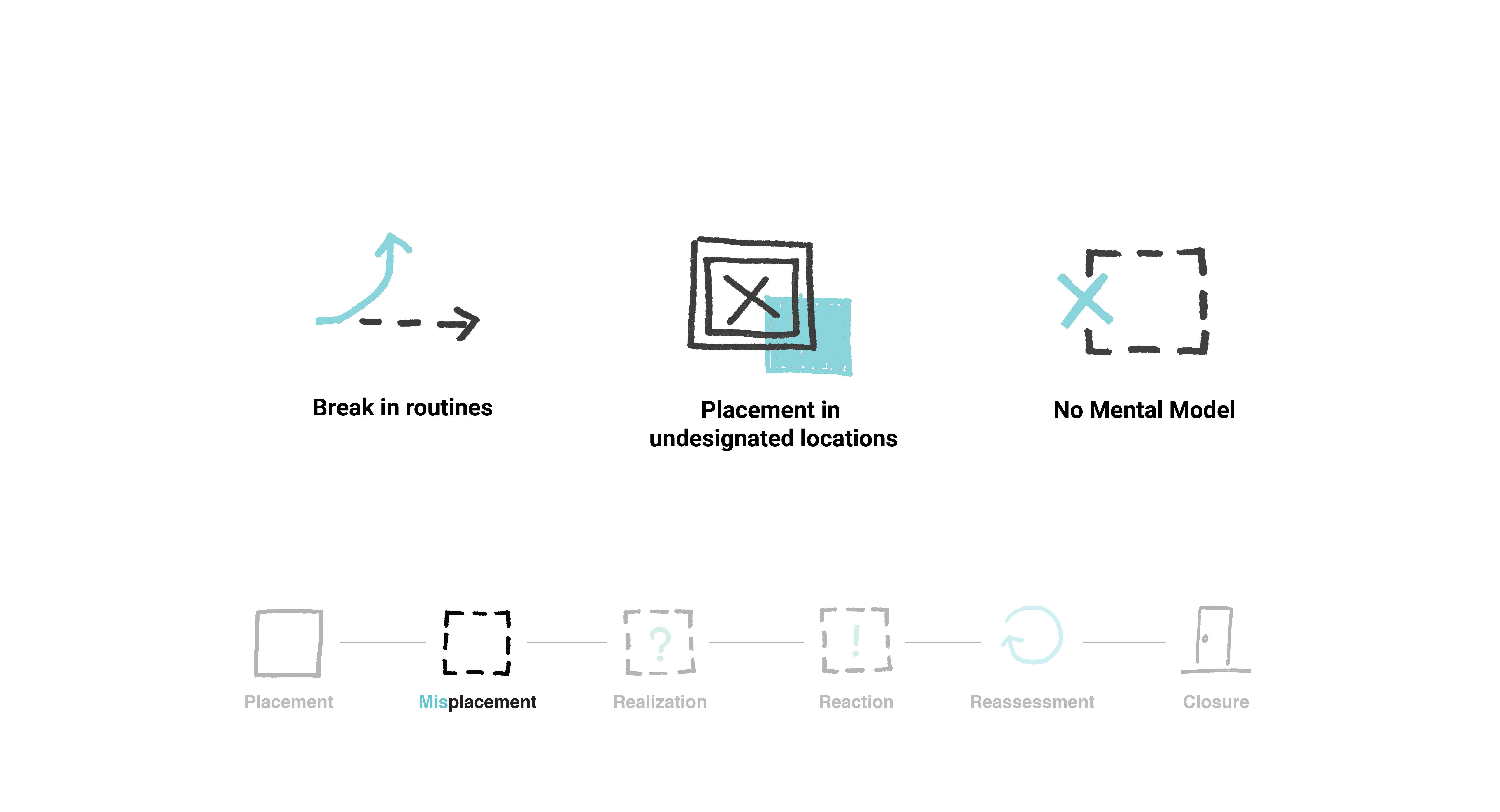
Misplacement
We misplace objects when there is a break in our routine, when we temporarily place an object in undesignated locations, or if we do not have a designated location for them.
2/6

Realization
At the moment of realization, the sense of uncertainty and lack of control over the situation increases a user's level of pain.
3/6
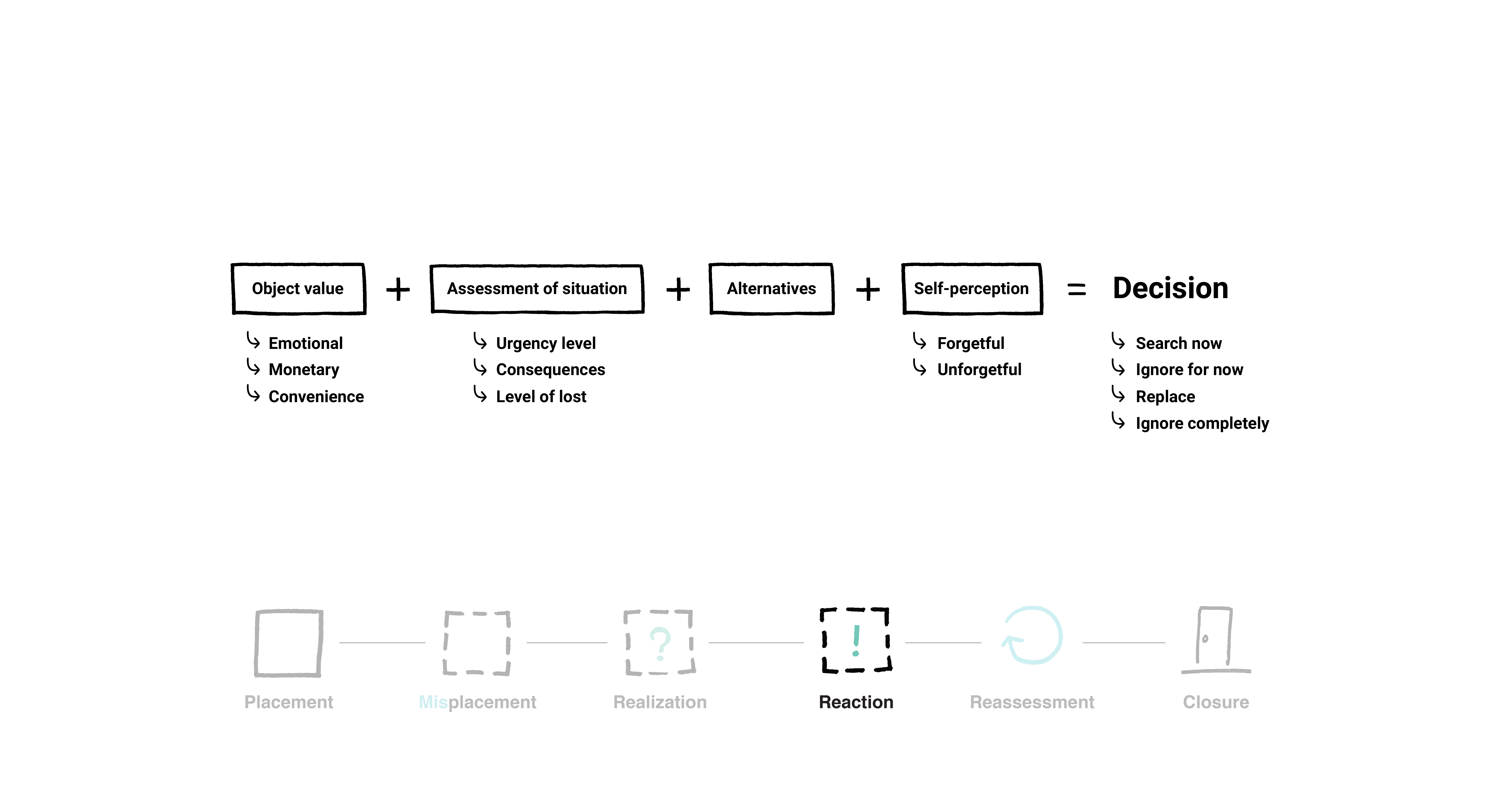
Reaction
The decision that the user makes after the moment of realization ranges between searching now, ignoring for now, replacing it, and ignoring it completely. This decision is made after assessing various things about the object and the situation.
4/6
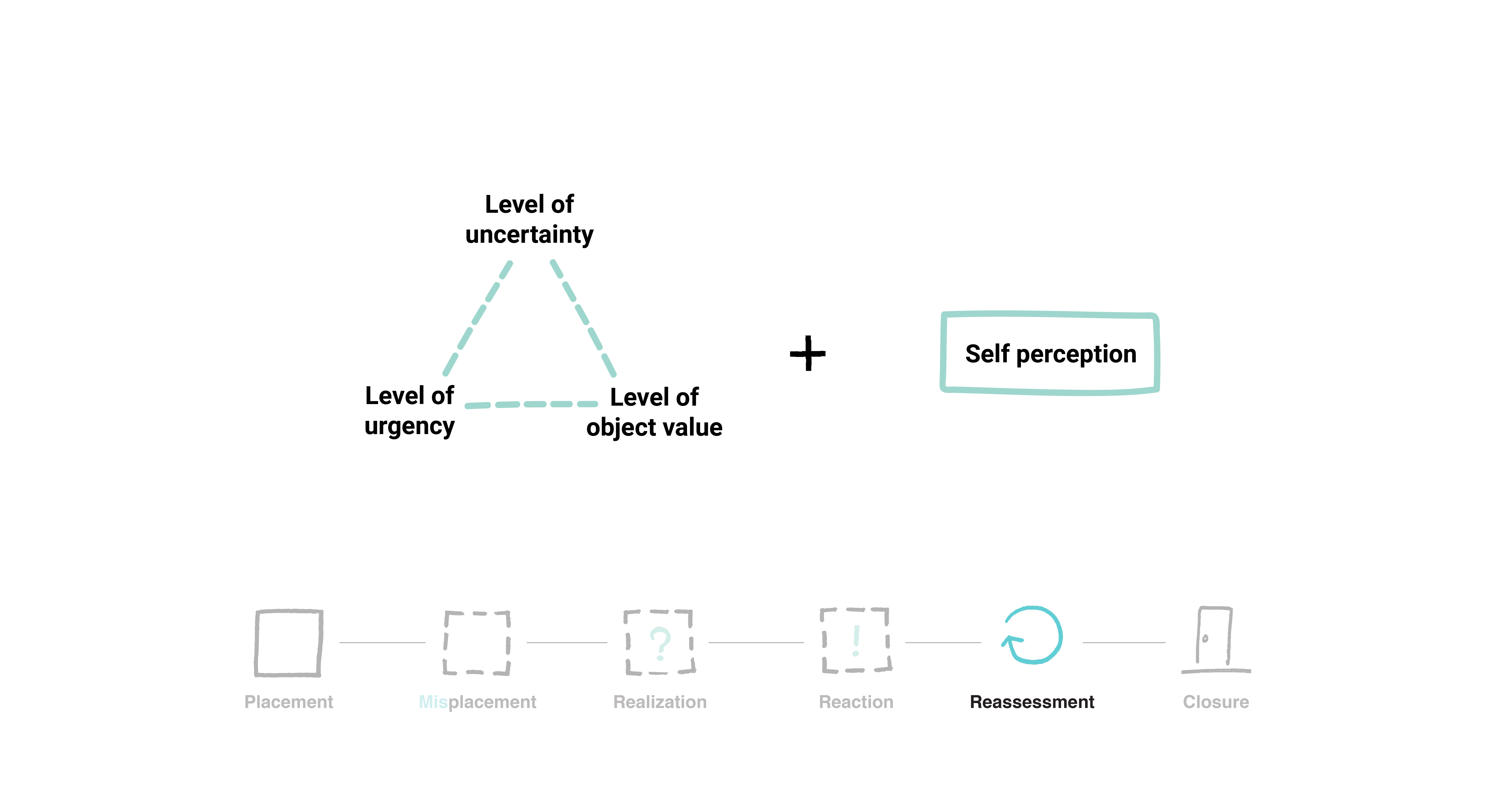
Reassessment
During the search, the user's perception of the situation changes, including their level of uncertainty, the perceived value of the object, and the level of urgency. The way they had previously perceived their forgetfulness can also factor into their reassessment of the situation.
5/6
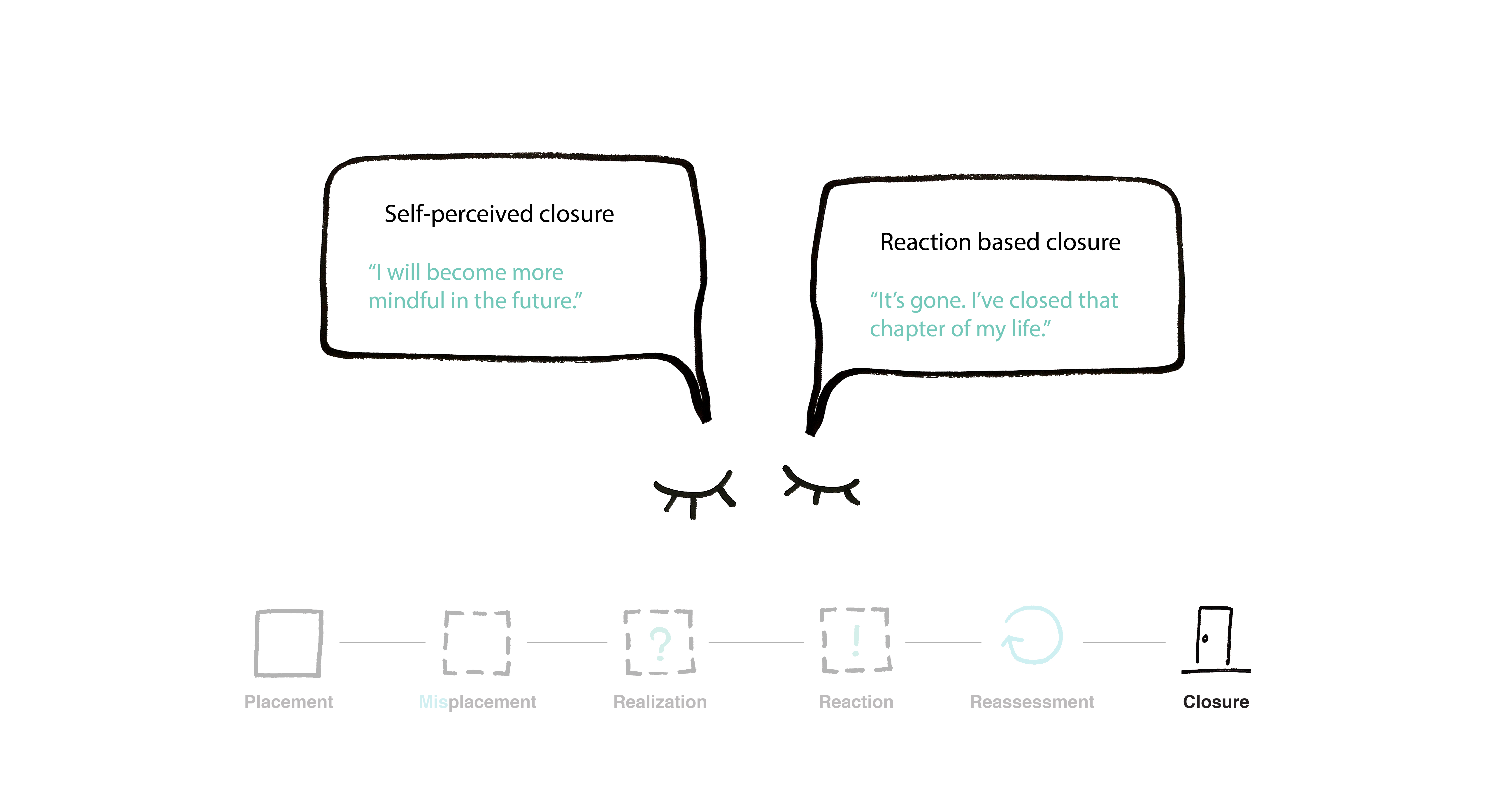
Closure
After an unsuccessful search, the user can achieve two different types of closure – self-perceived and reaction-based closure. Self-perceived closure occurs when the user reaches closure of the current situation by planning for a future where it wouldn't reoccur. Reaction-based closure takes place when the user comes to emotional acceptance with the loss of the object.
6/6
❮
❯
Pain Points
User experience of current available technology identified through research
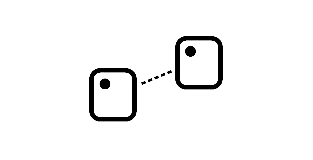
Tracker replacement necessity
Most trackers are battery based, needing to be replaced 6 months to a year, forcing the user to go through a subsciption model regardless of their preferences.
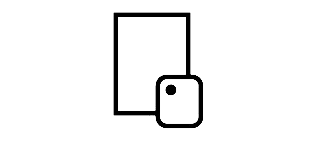
Inability to recognize the object
Trackers don't have a way of knowing the specific location of lost objects when out of range (range is very limited for most products)
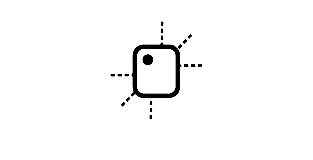
Range and location detection limitations
As most trackers are bluetooth based, the range in which the smart phone can actually connect to a tracker is very limited.
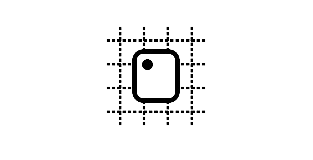
Crowdsource dependency
Tracking objects out of the range of product (usually 100 - 200 ft away) requires a strong GPS presence which is unlikely in areas that are not heavily and densely populated.
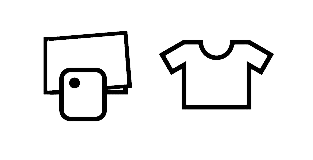
Limited to certain types of objects
Trackers generally need to be attached to the object of choice, limiting the number and type of objects a user can track.
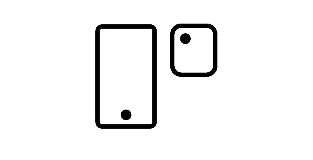
Reliance on smart phones
In order to register specific objects, users must download an app and set up their objects. The notification methods are usually limiited to sound and light, and through a phone or tablet.
Design Goals
Habit Forming
Preventive
To help users prevent future misplacement by helping them place frequently carried objects in designated locations.
How might we use AI to help individuals be more mindful while placing frequently used objects?
Finding Object
Reactive
To help users prevent future misplaced objects
How might we use AI to help someone easily locate their belongings at home?
Brainstorm + Sketching
User Profile

Storyboard

Final Design
El is a Cortana-enabled smart lighting system that helps people build healthy habits for object management.
Embedded with a 360° vision camera and parabolic reflectors capable of spotlight and floodlight, it can help manage your belongings while blending into the space as furniture.
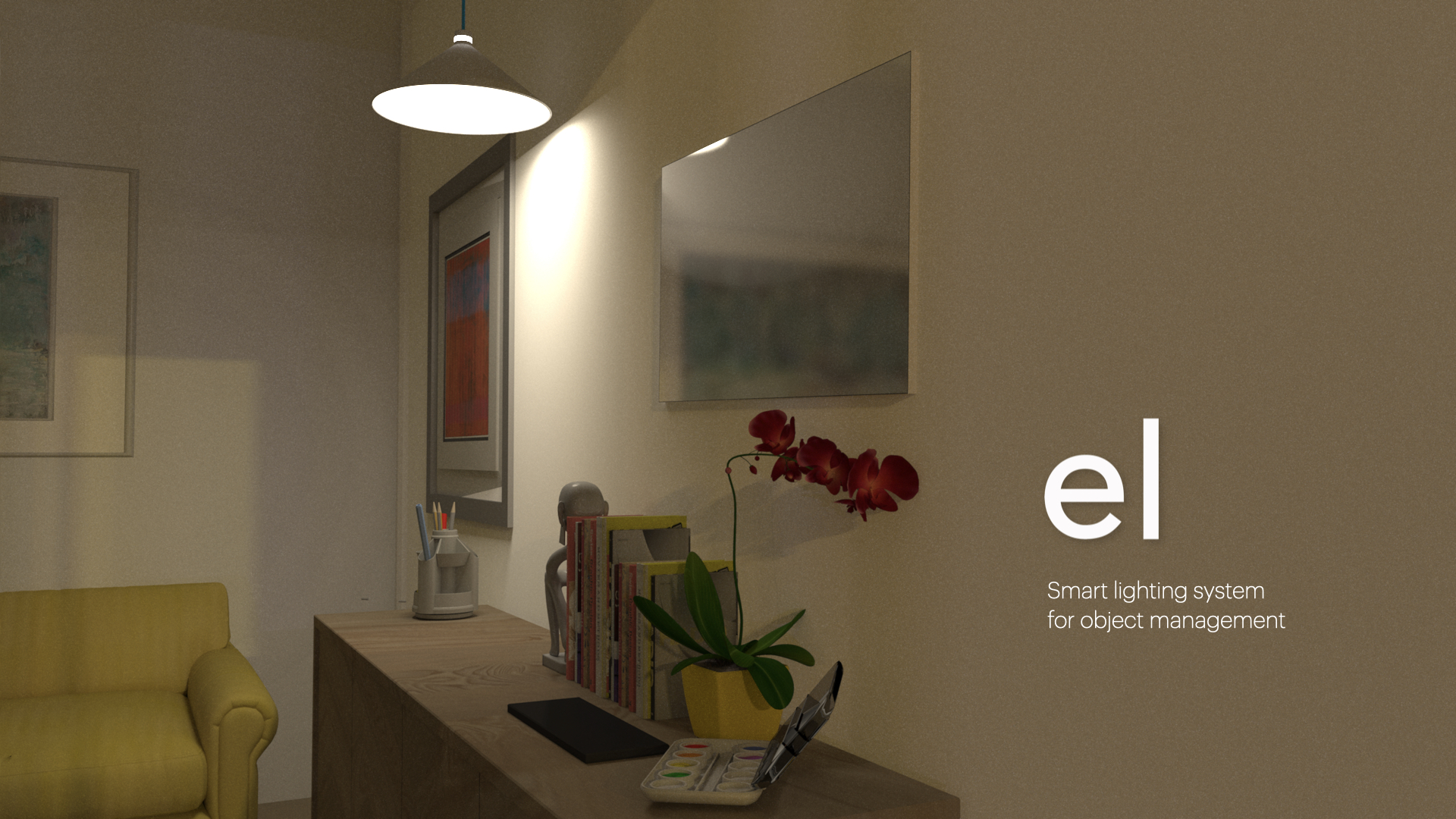
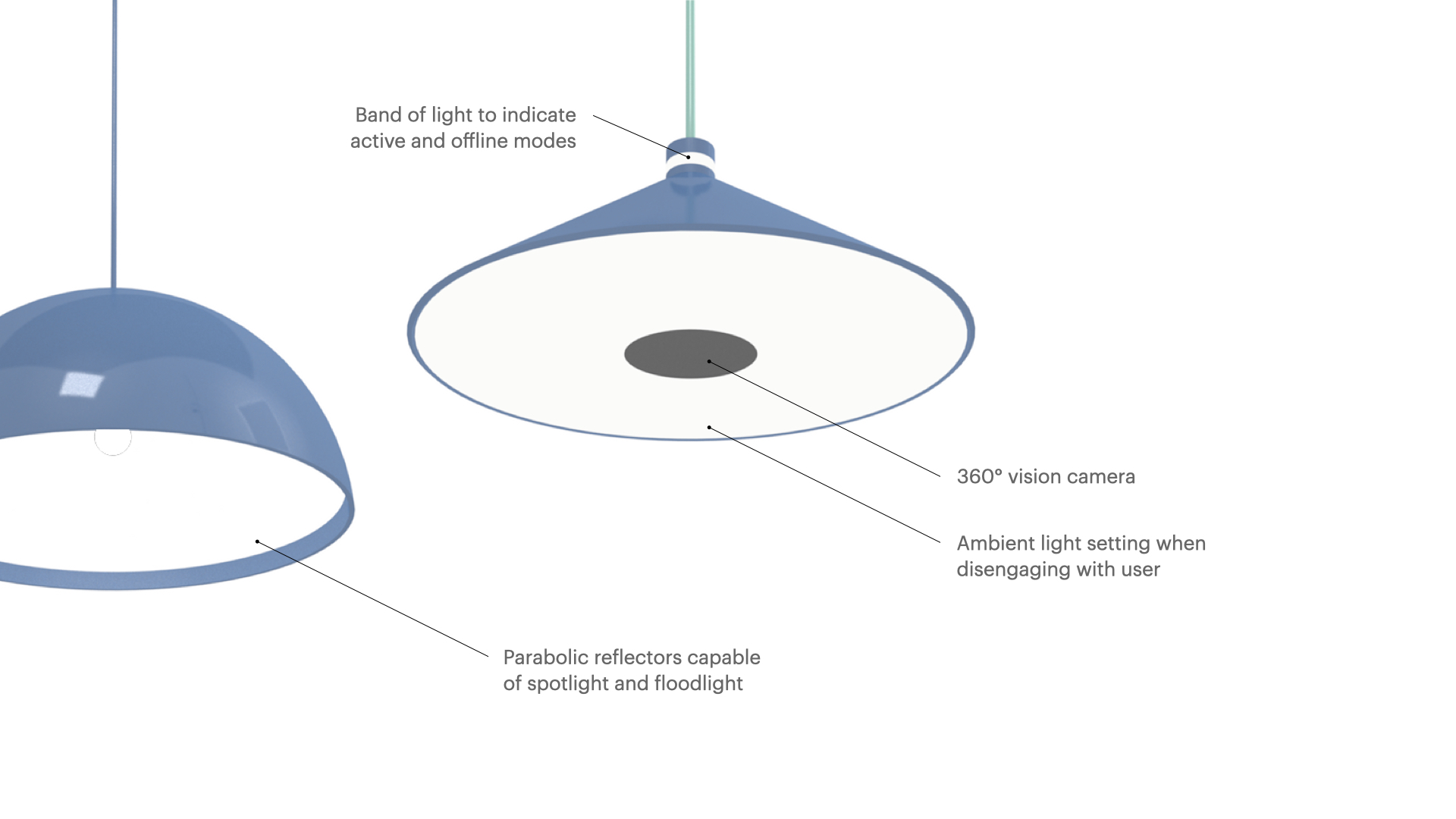
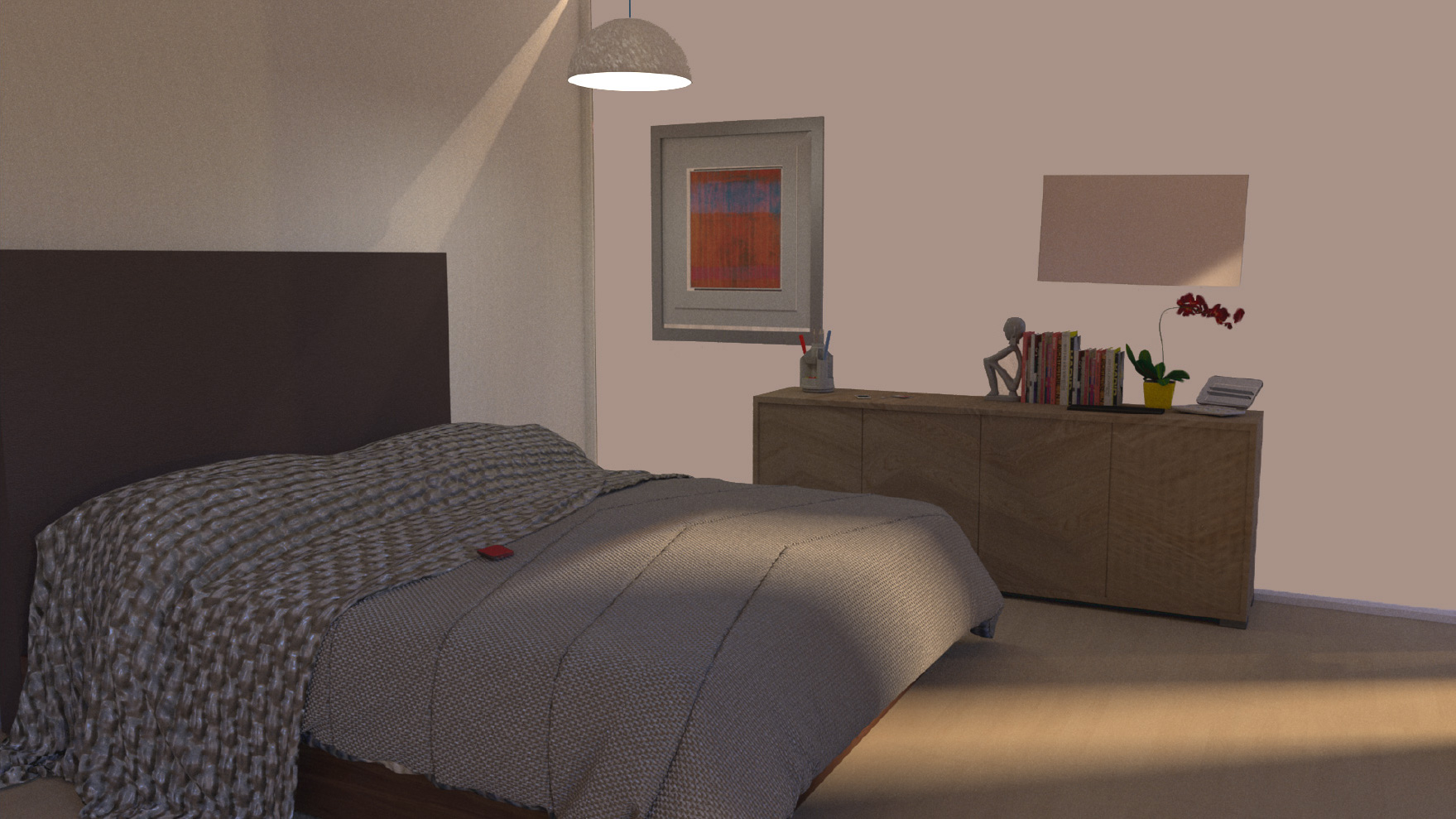
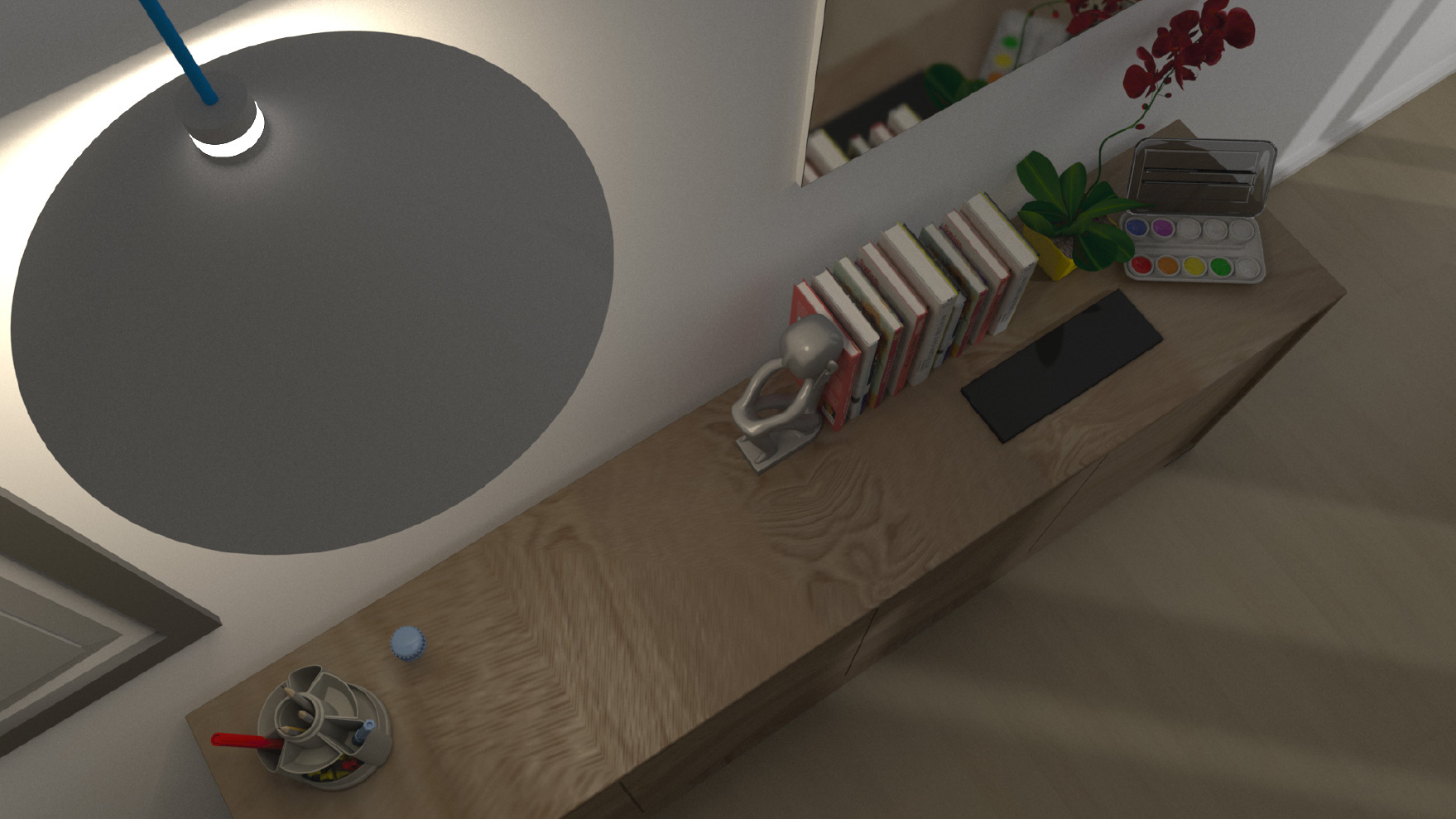
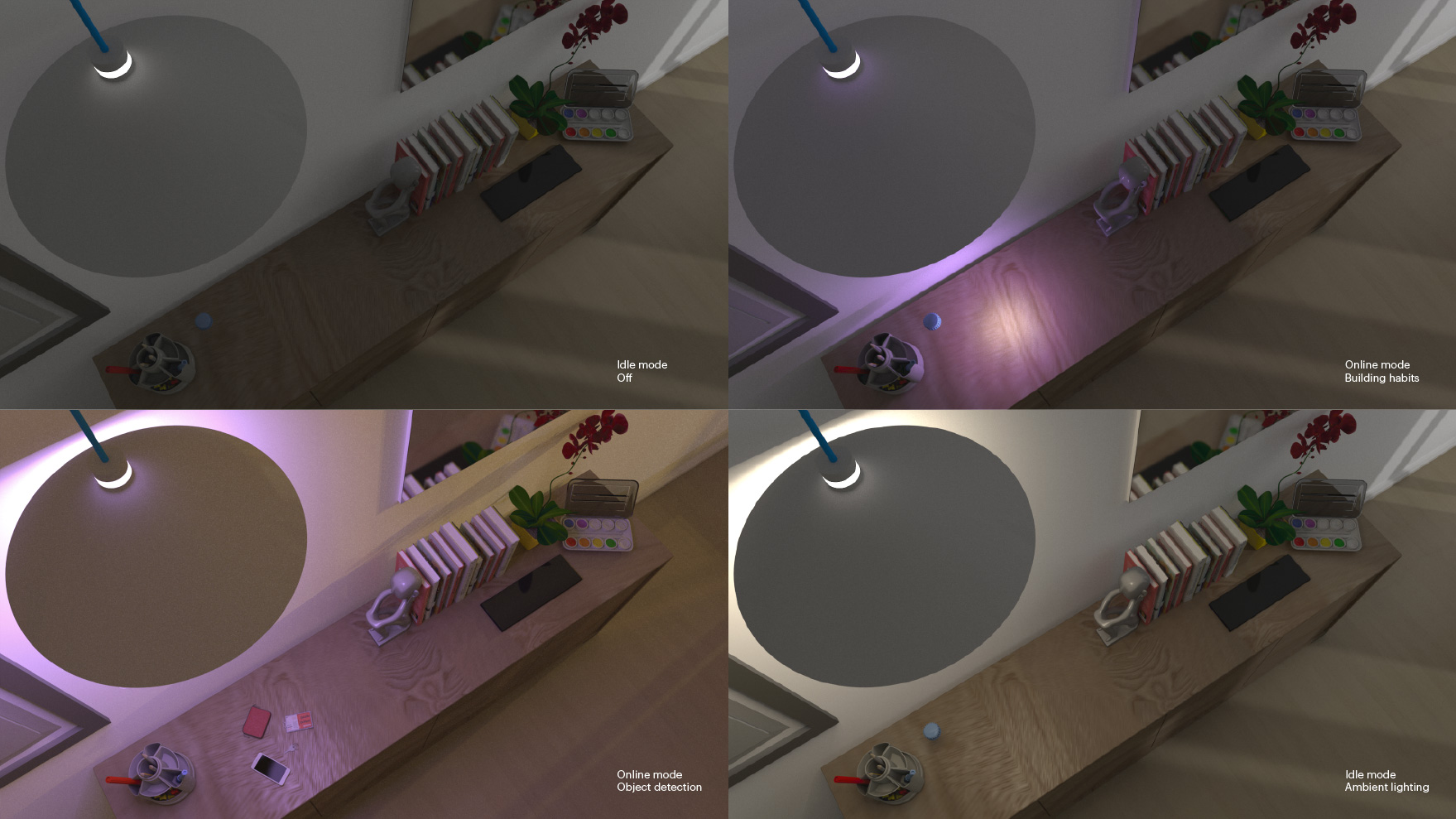
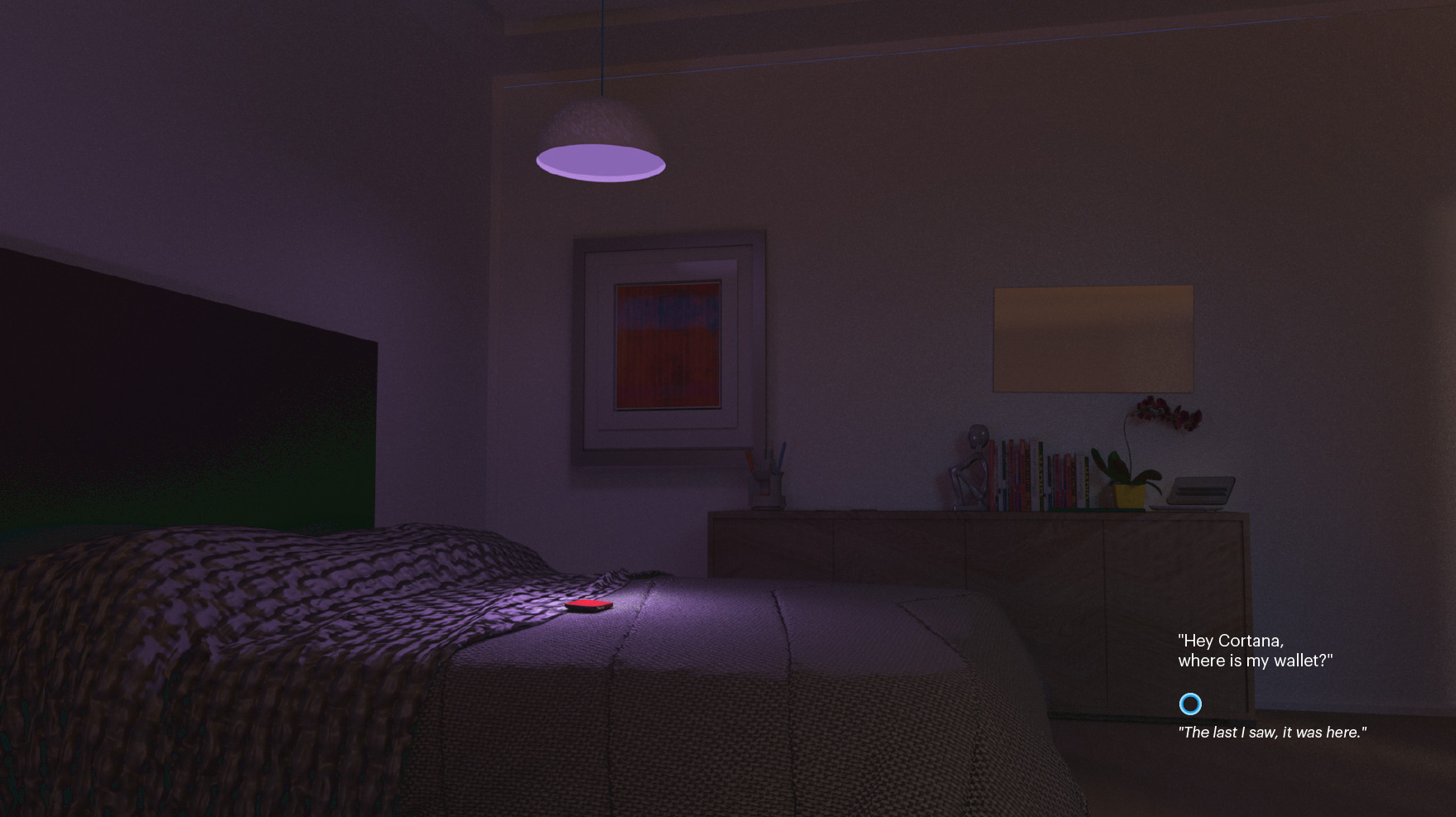
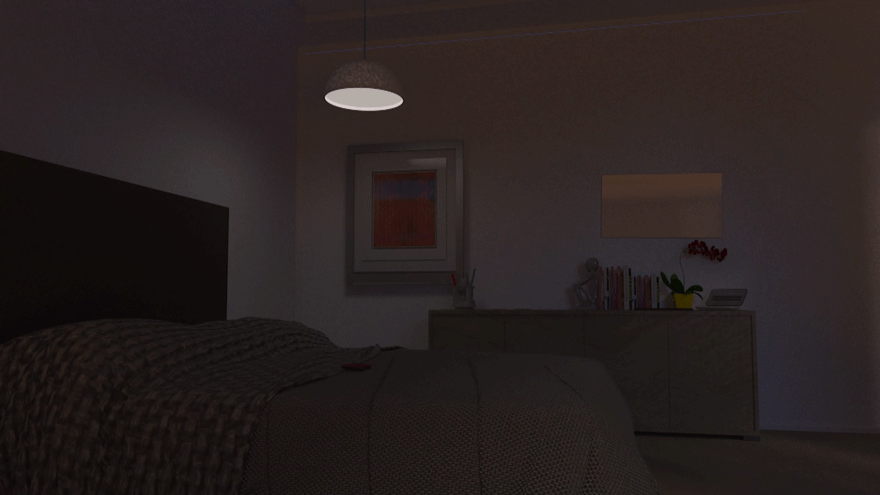
El's Cortana intelligence lights up where misplaced belonging is located
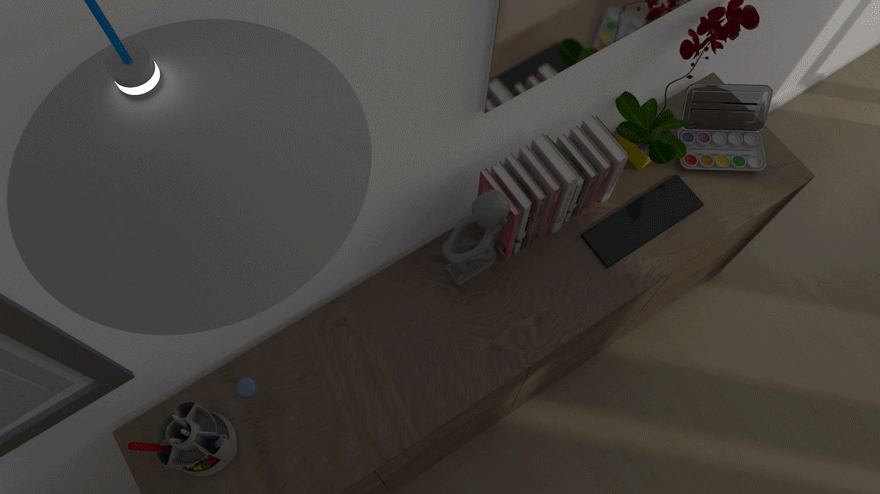
El's different modes of lighting, including habit-building, object-detection, and ambient lighting modes.
Prototype
Object Detection
Proof of Concept
A working prototype was built to demonstrate the concept and become the foundation for future user experience iterations.
We trained the Faster R-CNN network to detect wallet, keys, and ID badge in real time, and the process is documented below.

Other projects
Habit Building Companions
